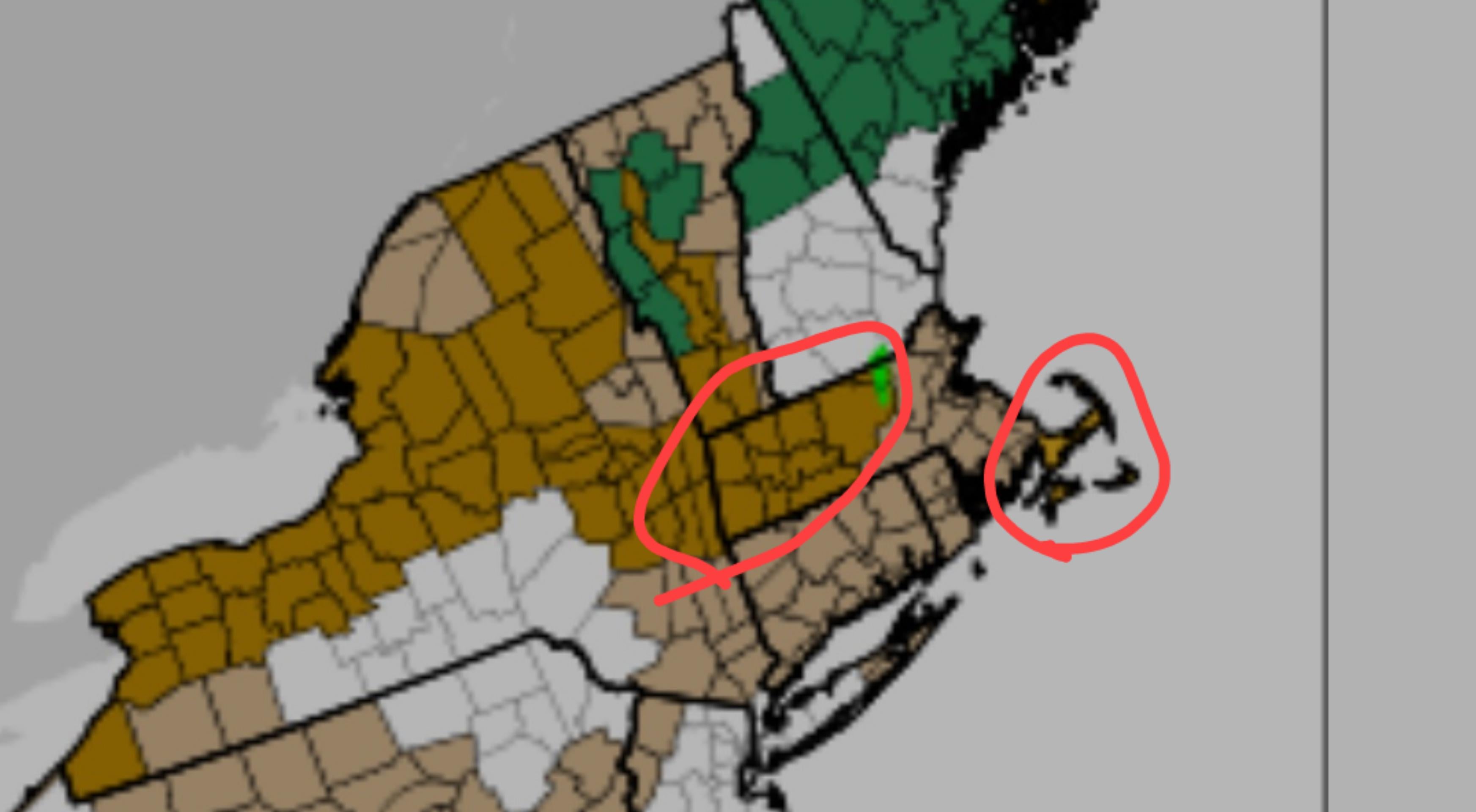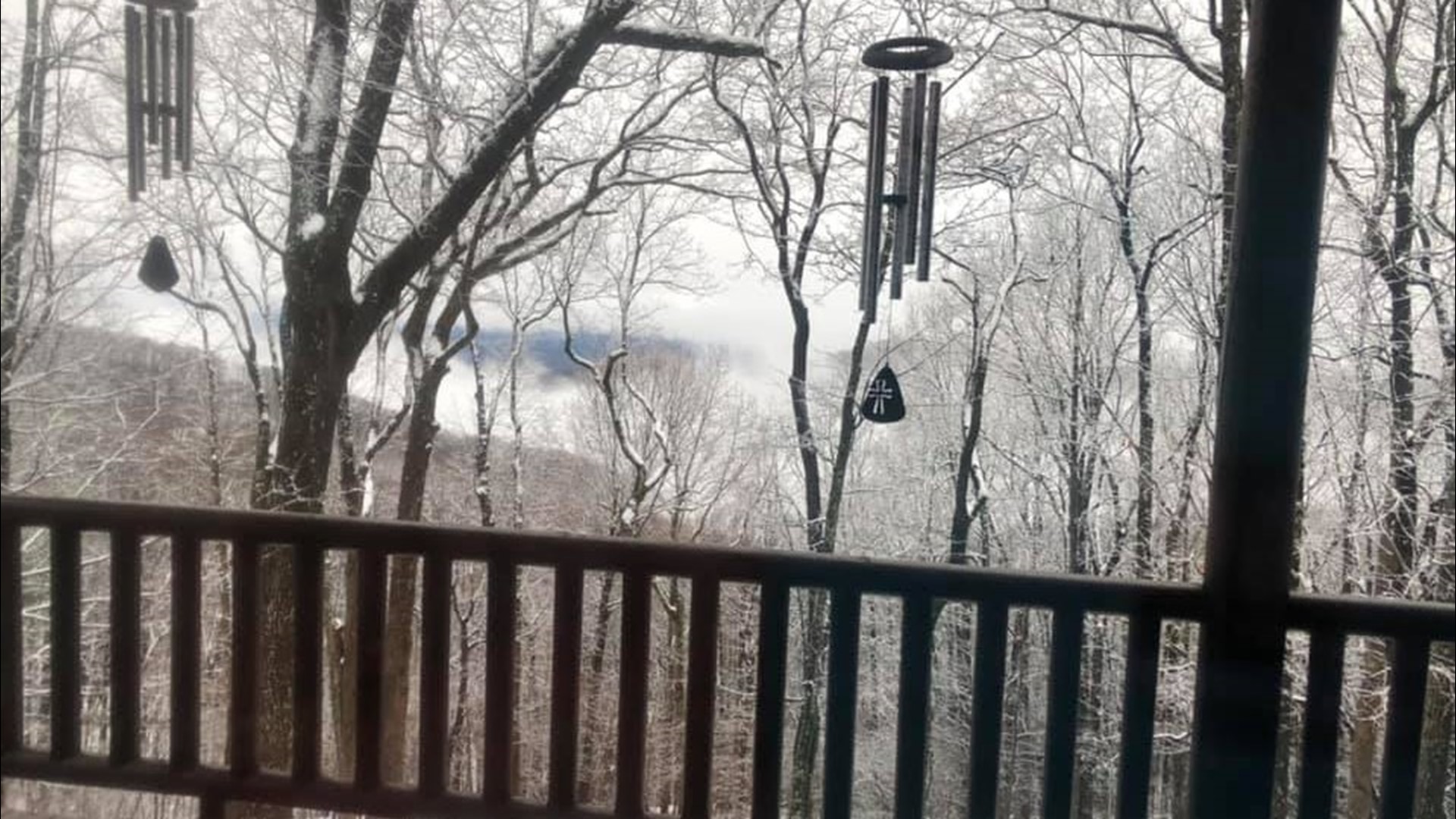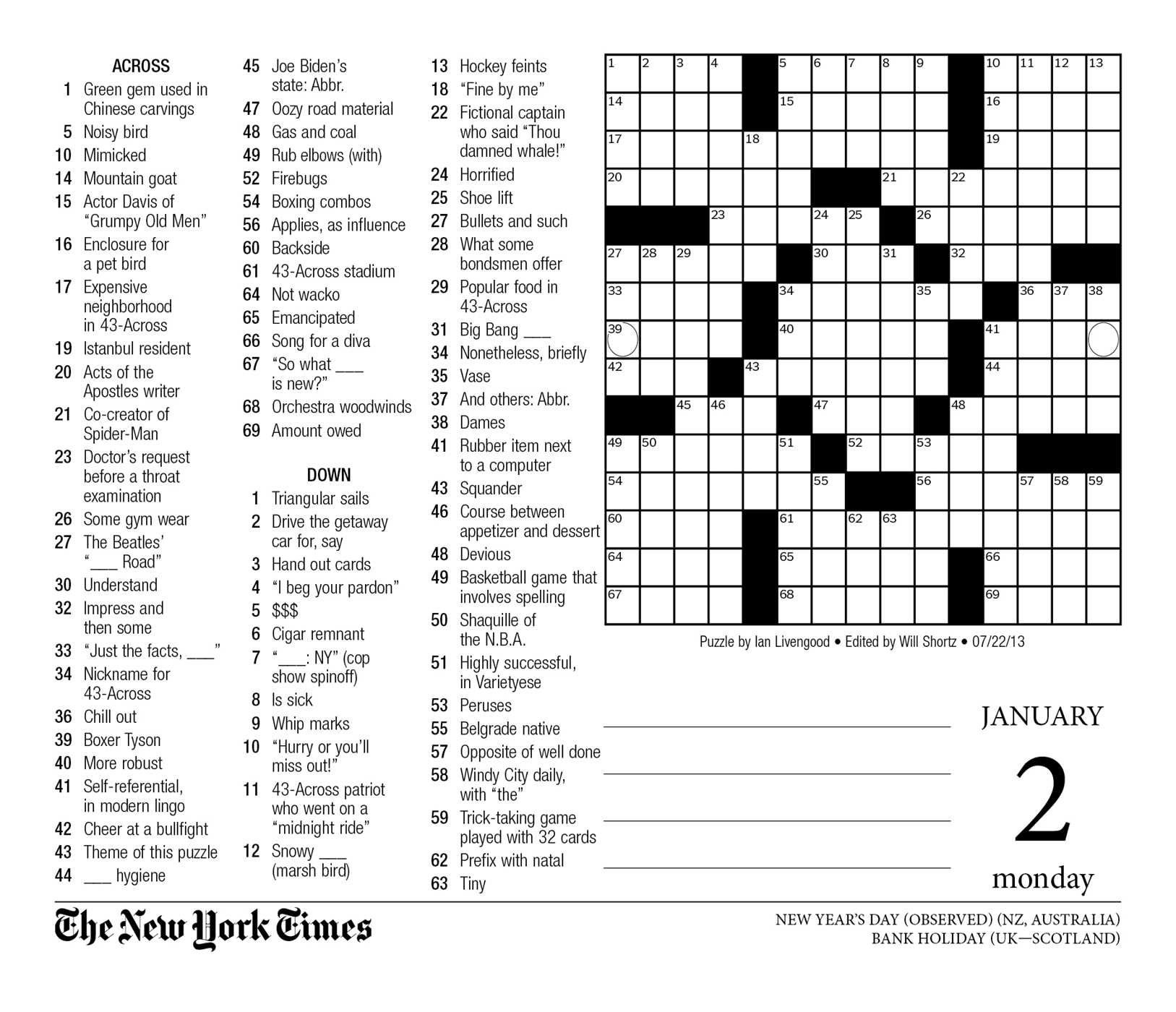High Wind Warnings: What To Do When Fast-Moving Storms Approach

Table of Contents
Understanding High Wind Warnings and Forecasts
Meteorological services issue various alerts to inform the public about impending severe weather, including high wind warnings. It's vital to understand the difference between these alerts:
- Advisory: Indicates that hazardous weather is possible.
- Watch: Means conditions are favorable for the development of hazardous weather. Stay informed and be prepared.
- Warning: Indicates hazardous weather is occurring, imminent, or has been reported. Take immediate action.
Reliable weather sources are your best defense against fast-moving storms. Utilize reputable weather apps, government websites (such as the National Weather Service in the US), and local news channels for up-to-date forecasts and warnings.
- Interpreting Wind Speed Forecasts: Pay close attention to predicted sustained wind speeds (average wind speed over a period) and gust speeds (short bursts of high wind). Even relatively low sustained winds can be dangerous when accompanied by strong gusts.
- Sustained Winds vs. Gusts: Understand that gusty winds can cause significant damage, even if the sustained wind speed is lower. Prepare for the highest predicted gust speeds.
- Identifying Vulnerable Areas: Coastal regions, elevated areas, and areas with sparse trees are often more susceptible to high wind damage.
Securing Your Home and Property Before a Storm
Minimizing wind damage starts with preventative measures before a storm hits. Taking these steps can significantly reduce the risk of damage to your home and property:
- Secure Loose Objects: Bring all loose outdoor items—furniture, trash cans, decorations, grills—indoors or securely tie them down. Anything that could become airborne poses a significant danger.
- Tree Trimming: Trim or remove trees and branches that are close to power lines or your house. These can easily fall and cause extensive damage during strong winds.
- Window Protection: Board up windows or install storm shutters to prevent them from shattering. Consider applying protective film to windows as an additional precaution.
- Garage Door Security: Reinforce your garage door to prevent it from being blown inward. Consider using extra bracing or straps.
- Secure All Outdoor Items: This includes anything that could be picked up by the wind, such as children's toys, gardening tools, and even lightweight building materials.
Creating a Family Emergency Plan for High Winds
Having a family emergency plan is paramount when facing severe weather like fast-moving storms. This plan should cover communication, supplies, and safe havens:
- Communication Plan: Designate a meeting point outside your home and ensure everyone knows how to contact each other in case of separation. Establish out-of-state contact points, as local communication networks may be down.
- Emergency Go-Bag: Prepare a go-bag with essential supplies, including water, non-perishable food, first-aid kit, medications, flashlights, batteries, and a portable radio.
- Safe Room: Identify a safe room within your home—preferably an interior room on the lowest level—away from windows.
- Emergency Shelter: Know the location of your nearest emergency shelter in case evacuation is necessary.
Actions to Take During High Wind Warnings and Fast-Moving Storms
Once a high wind warning is issued, immediate action is crucial. Follow these guidelines to ensure your safety:
- Stay Indoors: Remain indoors and away from windows. The greatest risk during high winds is flying debris.
- Unplug Electronics: Unplug electronic devices to prevent damage from power surges.
- Monitor Weather Updates: Continue to monitor weather updates for changes in the forecast and any new warnings.
- Power Outage Plan: Know where you'll go if a power outage occurs and be prepared to stay there for an extended period.
- Avoid Driving: Avoid driving during the storm unless it is absolutely essential. High winds can make driving extremely dangerous.
Post-Storm Safety and Damage Assessment
Once the storm passes, proceed cautiously. Safety is paramount while assessing and addressing any damage:
- Damage Assessment: Carefully check your home and property for damage. Look for downed power lines, structural damage, and any potential hazards.
- Power Line Awareness: Avoid downed power lines—they can be live and extremely dangerous. Report them immediately to the appropriate authorities.
- Damage Reporting: Report any damage to your home, property, or infrastructure to your insurance company and local authorities.
- Debris Removal: Safely remove debris, taking precautions to avoid injury. Wear protective gear such as gloves and safety glasses.
Conclusion: Staying Safe During High Wind Warnings
Preparation, understanding weather warnings, and knowing how to react during and after a high-wind event are critical for staying safe during severe weather. Having a well-defined family emergency plan is crucial for mitigating the risks associated with high wind warnings and fast-moving storms. Don't wait until the next high wind warning to prepare. Take action today and protect your family and property. Invest time in storm preparedness and ensure your readiness for the next severe weather event. Develop a comprehensive plan for high wind warnings and ensure the safety of your loved ones.

Featured Posts
-
 Dywan Almhasbt Ykshf En Mkhalfat Rd Fel Mjls Alnwab
May 20, 2025
Dywan Almhasbt Ykshf En Mkhalfat Rd Fel Mjls Alnwab
May 20, 2025 -
 Understanding Winter Weather Advisories And School Closings
May 20, 2025
Understanding Winter Weather Advisories And School Closings
May 20, 2025 -
 Lewis Hamiltons 2023 Performance Compared To Charles Leclerc Key Differences And Challenges
May 20, 2025
Lewis Hamiltons 2023 Performance Compared To Charles Leclerc Key Differences And Challenges
May 20, 2025 -
 Nyt Mini Crossword Solutions March 13 2025
May 20, 2025
Nyt Mini Crossword Solutions March 13 2025
May 20, 2025 -
 La Chanson De Louane Pour L Eurovision 2024
May 20, 2025
La Chanson De Louane Pour L Eurovision 2024
May 20, 2025
